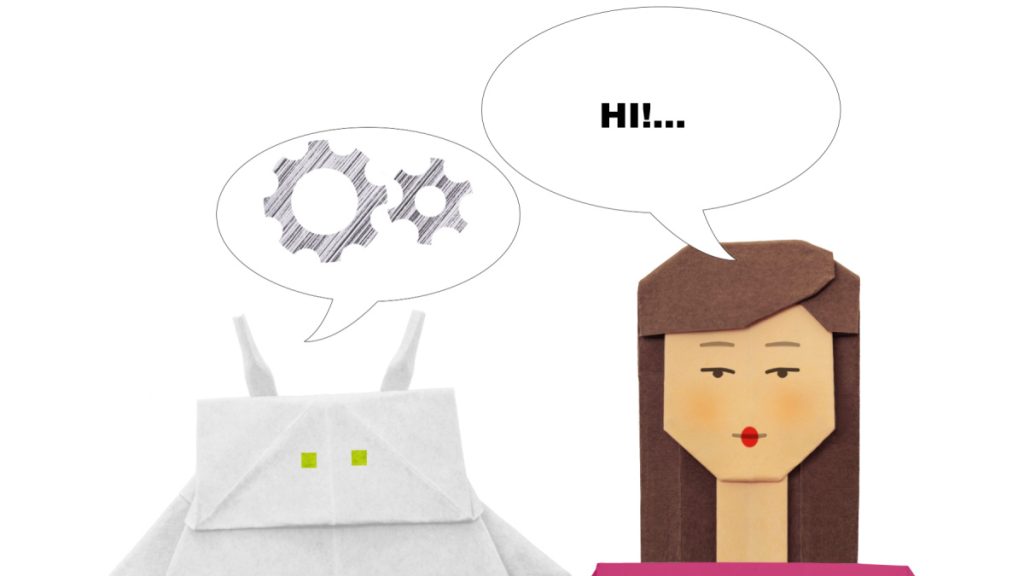
Imagine a test has been conducted to differentiate between conversations with humans and chatbots, and the results are quite astonishing. This is precisely what happened with the ELIZA chatbot.
This test is known as the Turing test, which compared ELIZA and GPT-3.5. It was designed and conducted by a research team consisting of Cameron Jones and Benjamin Bergen at the University of California San Diego (UC San Diego).
“I used to get bored with random chat requests and send them to ELIZA to see how long it took before people realized they were talking to a bot. It was usually at least twenty minutes!” One of the comments on Reddit regarding the test results.
The Results Came Out
The test provided a surprising glimpse into the world of AI development. ELIZA, a chatbot born in the 1960s, represents an early natural language processing computer program.
The Turing test involved 652 human participants who interacted with either a human, ELIZA, or OpenAI’s Chat GPT-3.5, a modern and powerful AI model.
Interestingly, without knowing the identities of the entities they were interacting with, ELIZA fooled 27% of the participants into believing it was a human. In contrast, GPT-3.5 convinced only 14% and fooled just 43%. Finally, humans were able to correctly identify other humans 63% of the time.
Smart Enough to Think Like Humans
The surprising result that ELIZA fooled 27% of participants can be attributed to the ironic fact that its responses were so poor that people thought it was a person. This highlights the ongoing challenge for current AI in achieving natural and human-like conversation.
These results raise important questions about the effectiveness of methods used to evaluate AI. Simply focusing on technical aspects may not be sufficient to accurately assess AI’s ability to engage convincingly with humans. Likewise, it underscores the complexity of judging human interactions and communication, as everyone has a unique way of communicating.
Ethical concerns also come into play, particularly when AI systems become adept at mimicking human interaction. The potential for AI to deceive humans raises ethical considerations that need careful attention.
Why Call It ‘Turing’?
The Turing test is named after Alan Turing, a celebrated British mathematician and computer scientist. Turing is widely recognized as one of the pioneers of theoretical computer science and artificial intelligence. He introduced the test in his 1950 paper titled “Computing Machinery and Intelligence.” The primary goal of the Turing test was to determine whether a machine could exhibit intelligent behavior at a level indistinguishable from that of a human.

This unexpected result highlights the significance of continuous exploration and progress in the field of AI, particularly in developing AI systems capable of interacting with humans naturally and ethically. It serves as a reminder of the ongoing challenges and opportunities in the ever-evolving field of artificial intelligence.
What do you think of the results? Are they fair enough? If you took the test, would you have figured out if real people are humans or not?
Inside Telecom provides you with an extensive list of content covering all aspects of the tech industry. Keep an eye on our Intelligent Tech sections to stay informed and up-to-date with our daily articles.